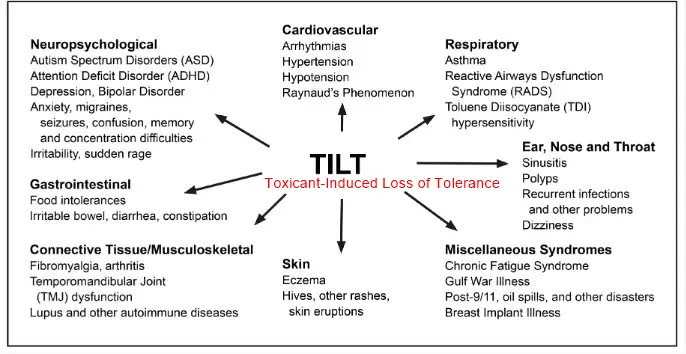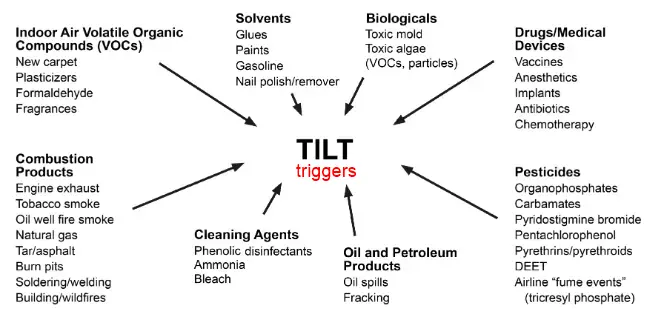Autism 5.7 X more likely if both parents had high chemical intolerance
Parents With High Chemical Intolerance 6 Times More Likely to Have Child With Autism - Dec 2024
Probable MAST CELL connection
Reports on the following study
Assessing Chemical Intolerance in Parents Predicts the Risk of Autism and ADHD in Their Children - March 2024
J. Xenobiot. 2024, 14(1), 350-367; https://doi.org/10.3390/jox14010022
by Raymond F. Palmer 1,*,David Kattari 2,Rodolfo Rincon 1 andClaudia S. Miller 1
1 Dept. of Family and Community Medicine, University of Texas Health Science Center at San Antonio, TX 78229, USA
2 Marilyn Brachman Hoffman Foundation, Fort Worth, TX 75202, USA
- Author to whom correspondence should be addressed.




Background: We sought to replicate our 2015 findings linking chemical intolerance in parents with the risk of their children developing autism and/or ADHD. Drawing upon our 2021 discovery of a strong association between chemical intolerance and mast cells, we propose an explanation for this link. Methods: In a population-based survey of U.S. adults, we used the internationally validated Quick Environmental Exposure and Sensitivity Inventory (QEESI) to assess symptom severity and chemical intolerance. Parents were asked how many of their biological children had been diagnosed with autism and/or ADHD.
Results: Parents with chemical intolerance scores in the top versus bottom tenth percentile had 5.7 times the risk of reporting a child with autism and 2.1 times for ADHD.
Conclusions: High chemical intolerance scores among parents of children with autism, coupled with our 2021 discovery of mast cell activation as a plausible biomechanism for chemical intolerance, suggest that
(1) the QEESI can identify individuals at increased risk,
(2) environmental counseling may reduce personal exposures and risk, and
(3) the global rise in autism and ADHD may be due to fossil-fuel-derived and biogenic toxicants epigenetically “turning on” or “turning off” critical mast cell genes that can be transmitted transgenerationally.
It is important to note that this study was observational in nature; as such, further research is needed using controlled trials to confirm causality and explore the proposed mechanism.
📄 Download the PDF from Vitamin D Life
Vitamin D Life - Vitamin D, mast cells, bones, and allergies - Aug 2022
Vitamin D Life – Autism category contains:
{include}
Autism 4X more likely if already have autistic child - unless take Vitamin D - perhaps similar for chemical intolerance ==> Autism
See also: Mast Cells and Autism on the web - 2022?
The Autism Community in Action
What are Mast Cell Disorders?
Symptoms of Mast Cell Activation
Mast Cells & The Blood Brain Barrier
Treatment for Mast Cell Activation
Removing triggers
Supplements
Medications
Calming the immune response
Diagnosing ATOPIC (allergic-like) Diseases
Dark circles under the eyes
Dermatographia
Treat and observe for improvement
Lab work
Practitioners that can diagnose and treat mast cell activation
Additional Resources
